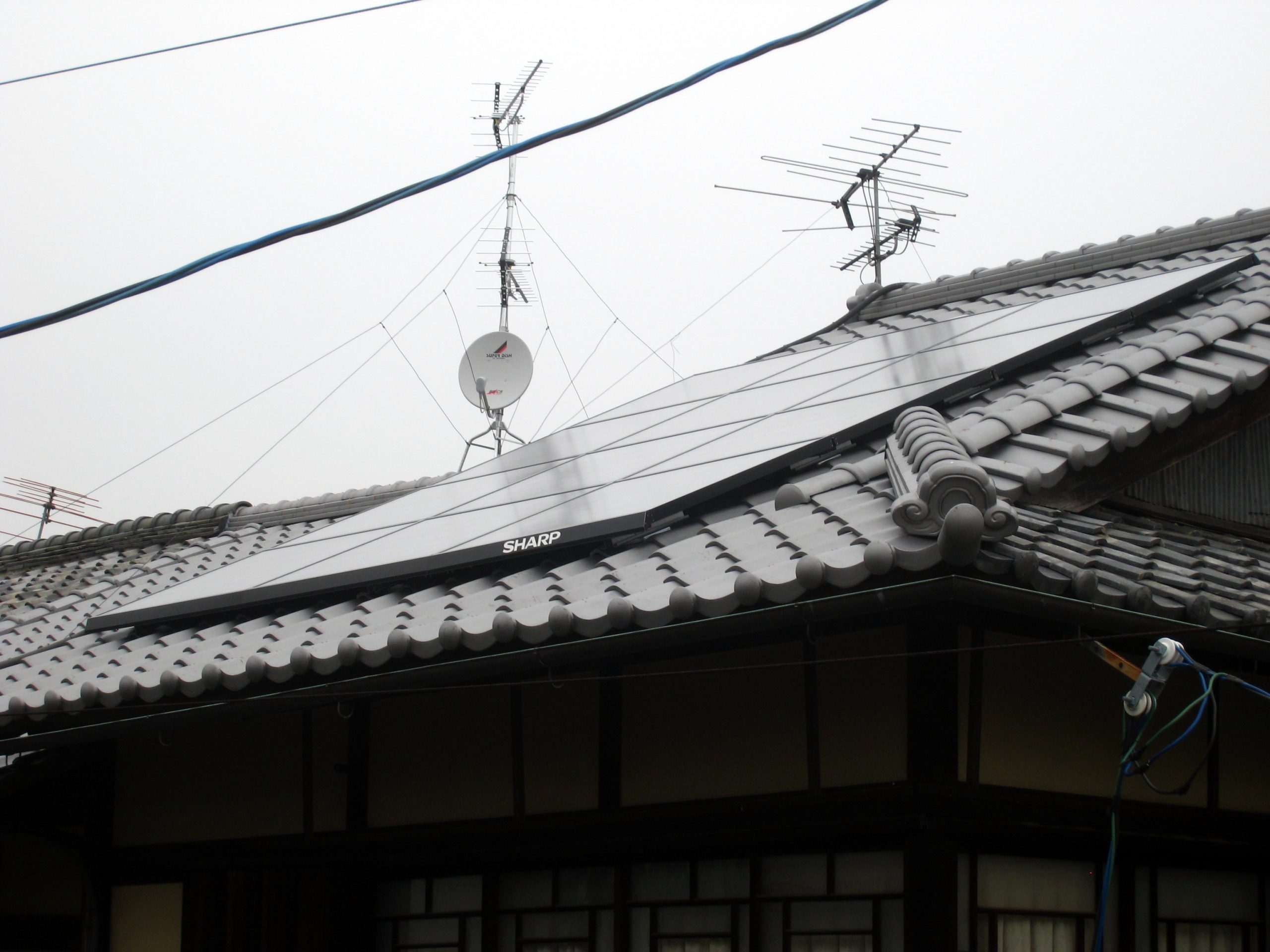After almost a decade of rapid growth, solar power installations in Japan have stagnated. Now the government is determined to revive the market, as local and national authorities try to engineer an industry rebound with the help of new rooftop capacity.
Last year, commercial-scale solar projects delivered their lowest installed capacity since Japan kicked off a renewables construction boom in the wake of the 2011 Fukushima disaster. At the same time, the number of new residential solar arrays has jumped to their highest level since 2014. The latest data for panel shipments suggests that this recovery continues in 2023, partly driven by new municipal regulations and public projects.
Japan was a global leader in solar installations in the early 2010s, almost matching the capacity brought online by China in 2014 and 2015. Since then, the U.S., and later India, have surpassed Japan’s volumes. Germany also overtook Japan in terms of new solar capacity added to the grid in 2022, according to IEA data.
The downward trend is bad news for Japan’s targets to cut emissions and meet its Basic Energy Plan, which says that solar power should account for about a sixth of the FY2030 national energy mix. To do that, METI calculated that the solar market must expand at a Compound Annual Growth Rate of 9.2%. So, with land-based solar projects facing headwinds, officials are turning to rooftops to lead the charge. This includes new tariffs for rooftop solar. Municipalities led by Tokyo are also supporting the sector with new programs.

